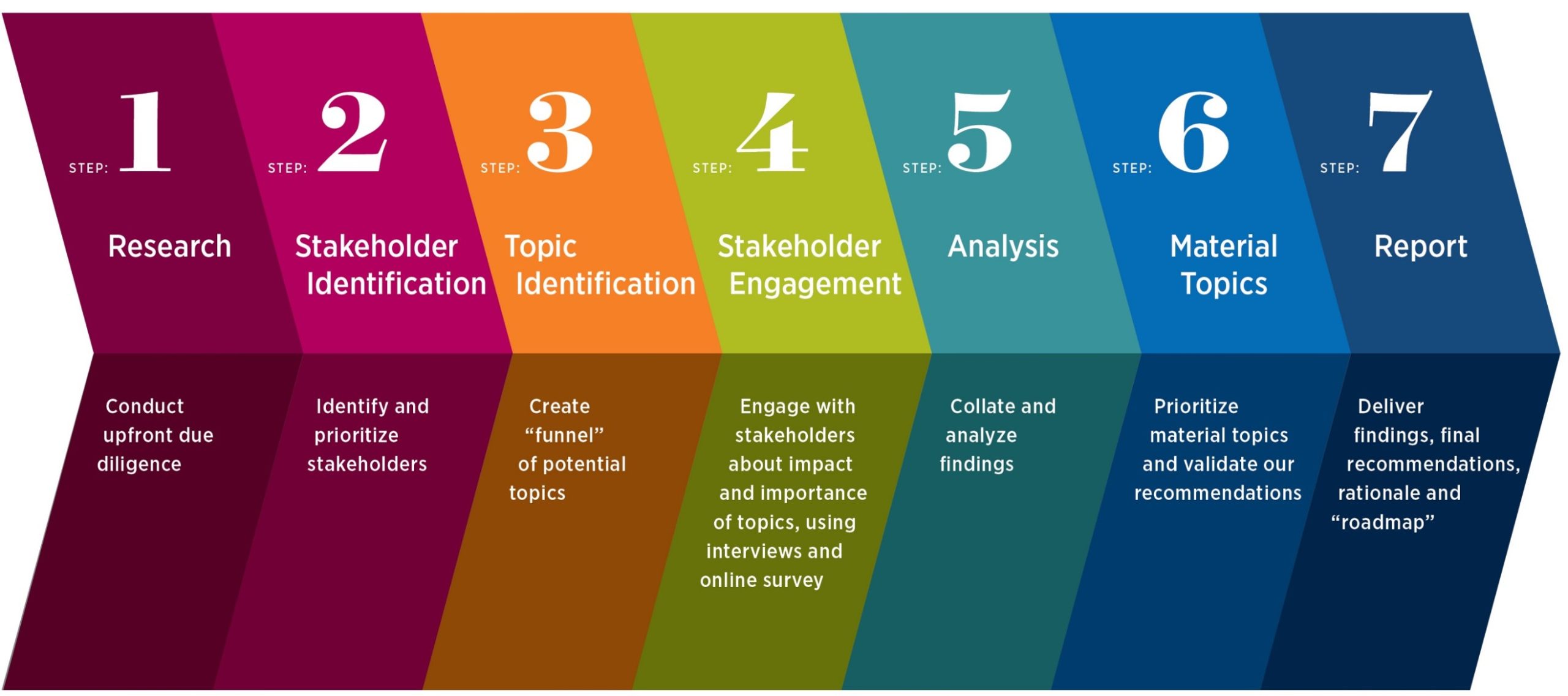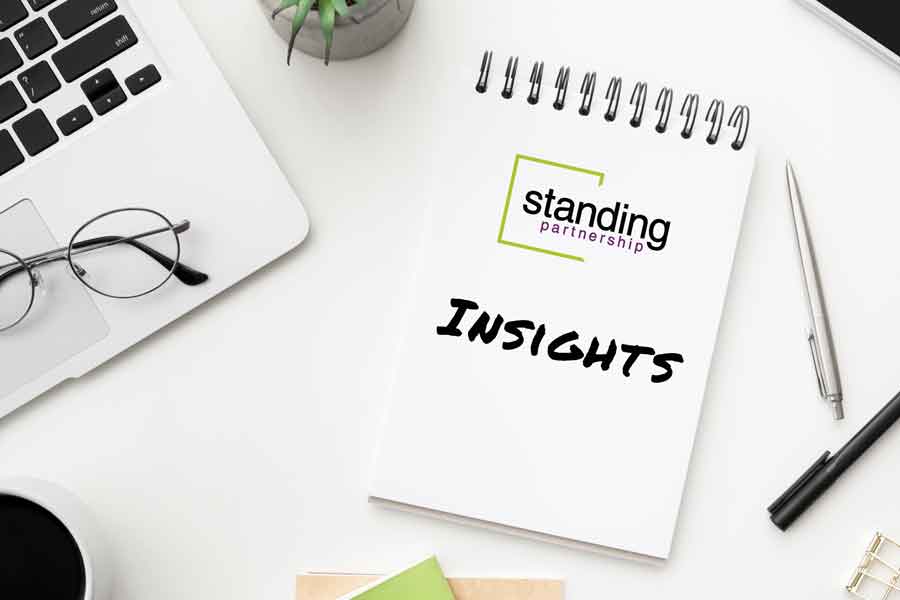Materiality Assessment: Make Your Next Sustainability Report More Targeted and Impactful
Focus your sustainability reporting on decision-useful information for your stakeholders by going through the materiality assessment process and tightening your report focus to be impactful.
While companies talk about being on a “sustainability journey,” sustainability reporting itself has also had quite the evolution. What started with social-focused impact reports transformed into massive reporting disclosures. Unfortunately, those reports often overwhelm stakeholders with too much information. Fortunately, there is a better way forward: tightening the focus on reporting only decision-useful information.
Of course, that requires knowing who your key stakeholders are, and then what information they need and want to make informed decisions. Investors, customers, and employees often rise to the top of the stakeholder list, but communities, suppliers, current and prospective value chain partners, prospective employees, regulators, elected officials, and more also need to be considered.
That means reporting looks different for every company. A large, comprehensive report based on disclosure frameworks may fit all your stakeholders. Or you may need separate pieces divided up by audience. One Chief Sustainability Officer at a conference last fall said the main audience for their sustainability report was employees, who understandably have different interests than investors.
But how do you know what to focus on when communicating your sustainability journey?
Materiality.
The materiality assessment process, at its core, is stakeholder engagement. It’s a methodical process to understand what is most necessary for their decision-making about your organization. A thoughtful materiality assessment measures:
- What is important to your stakeholders (internal and external)
- What is your organization well-positioned to impact, based on your capabilities and societal needs
Gathering all stakeholders’ input—combined with an analysis of outside influencing factors and internal realities—creates a robust picture for building and/or evolving the sustainability strategy and the approach to reporting.
If you haven’t completed a materiality assessment—or haven’t revisited it in several years—now may be the time. Conducting a materiality assessment this summer or fall is a smart move to inform next year’s reporting strategy. And, you have options: A comprehensive process to make sure you’re not missing anything or a “lite” version to get a quick start or refresh what you did previously.
Our recommended stakeholder engagement and materiality process is simple and flexible: seven steps that can be completed in a matter of weeks, or over several months if you want to do a comprehensive, assessment:

Stakeholder Materiality Assessment Process, (C) Dix & Eaton
Want to learn more? Contact me at ashea@standingpartnership.com.
Featured Insight
3 Reasons Why a Stakeholder Engagement Strategy Can Help Your Organization Secure Freedom to Operate
The types of risks and barriers that can threaten a company’s freedom to operate (FTO) range from regulatory restrictions, public policy, reputational issues, tort litigation, activism and more. Whether managing legacy environmental issues, creating…

